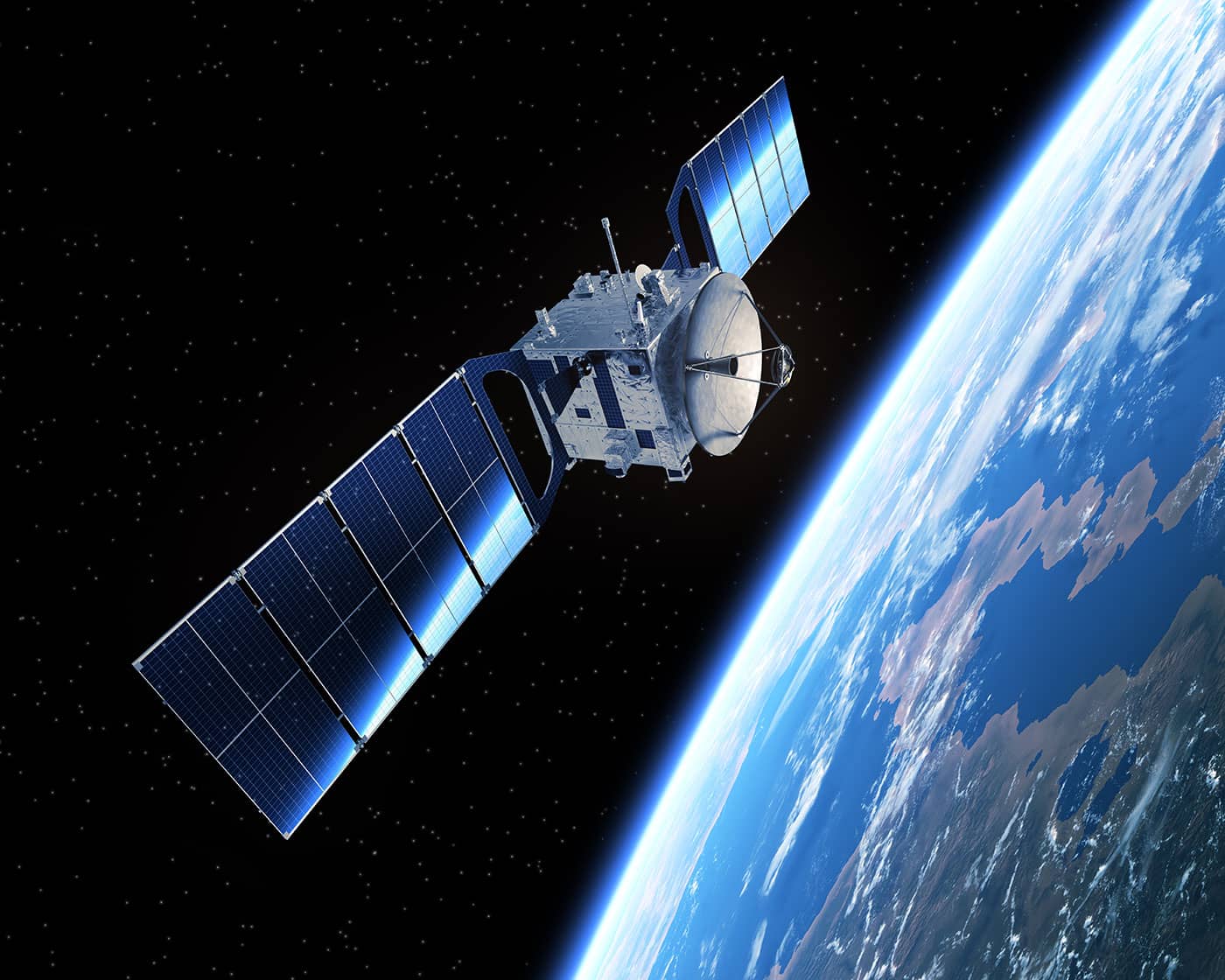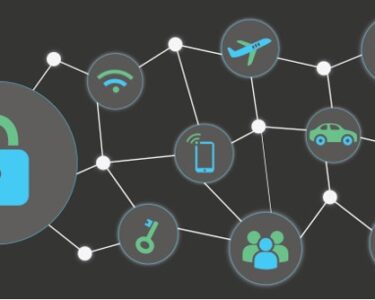
Satellite Communication Technology: A Comprehensive Overview
Introduction
Satellite communication technology has revolutionized the way people communicate across vast distances. Using satellites orbiting the Earth, satellite communication systems enable the transmission and reception of voice, data, and multimedia content over a global network. This technology has a wide range of applications, including telecommunications, television broadcasting, internet connectivity, and disaster response.
How Satellite Communication Works
Satellite communication systems consist of three main components:
- Satellites: Artificial objects placed in orbit around the Earth, equipped with transponders that amplify and redirect signals.
- Ground stations: Earth-based facilities that communicate with satellites via uplinks and downlinks.
- User terminals: Devices used by customers to connect to the satellite network, such as satellite phones, antennas, and modems.
When a user initiates a communication, the signal is transmitted from their user terminal to the nearest ground station. The ground station then forwards the signal to a satellite in the appropriate orbital position. The satellite amplifies the signal and retransmits it back to a different ground station, which then forwards it to the intended recipient’s user terminal.
Benefits of Satellite Communication
Satellite communication technology offers several advantages over traditional terrestrial communication methods:
- Global Coverage: Satellites can provide uninterrupted coverage over vast distances, including remote areas not accessible by landline or mobile networks.
- Resilience: Satellite systems are relatively immune to natural disasters and disruptions, making them a reliable communication option during emergencies.
- High Capacity: Satellites can transmit large amounts of data at high speeds, enabling services such as broadband internet and video streaming.
- Flexibility: Satellite communication systems can be deployed quickly and easily to meet specific needs, such as temporary connectivity during events or disaster relief operations.
Applications of Satellite Communication
Satellite communication technology has a wide range of applications, including:
- Telecommunications: Providing telephone, fax, and data services to remote areas.
- Television Broadcasting: Distributing television signals to households and businesses.
- Internet Connectivity: Providing broadband internet access to rural and underserved areas.
- Disaster Response: Establishing communication channels during natural disasters or emergencies.
- Military and Government: Providing secure and reliable communication for military operations and government activities.
Challenges of Satellite Communication
Despite its advantages, satellite communication technology also faces some challenges:
- High Infrastructure Costs: Building and launching satellites and ground stations requires significant investment.
- Delay: Satellite signals incur a time delay due to the distance they must travel, which can affect real-time applications.
- Weather Interference: Satellite signals can be affected by weather conditions, such as heavy rain or snowfall.
- Interference: Multiple satellites operating in the same frequency bands can interfere with each other’s signals.
Future Trends in Satellite Communication
The future of satellite communication is promising, with advancements in technology leading to new applications and capabilities. Some emerging trends include:
- High-Throughput Satellites: Satellites with increased bandwidth and capacity to support next-generation broadband services.
- Satellite Constellations: Groups of satellites working together to provide global coverage and low latency.
- Integrated Satellite-Terrestrial Networks: Combining satellite and terrestrial networks to enhance coverage and reliability.
- Space-Based Internet Access: Providing internet connectivity directly from satellites to user terminals.
Conclusion
Satellite communication technology has profoundly impacted the way people communicate and access information. With its global coverage, resilience, and high capacity, satellite systems play a vital role in connecting remote areas, providing emergency communication, and expanding access to digital services. As technology continues to evolve, satellite communication is poised to further transform the telecommunications landscape and empower users worldwide.


